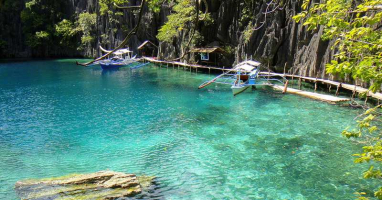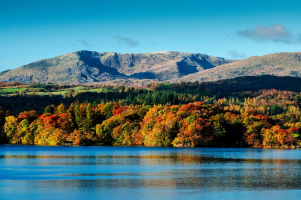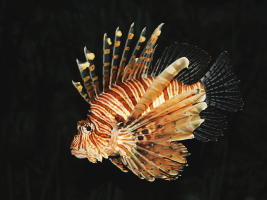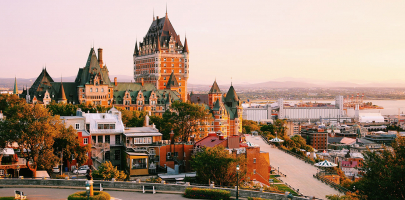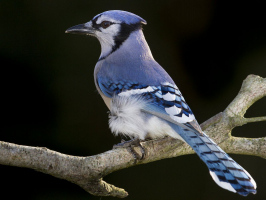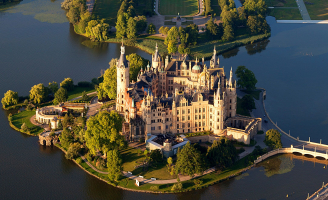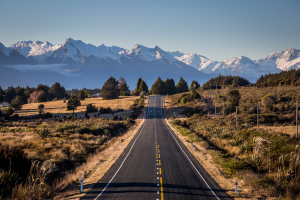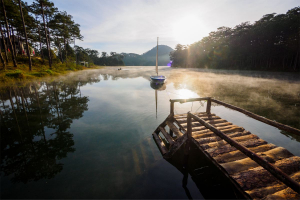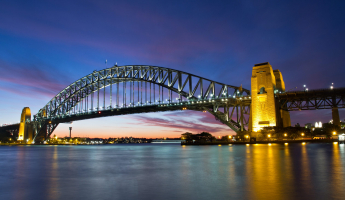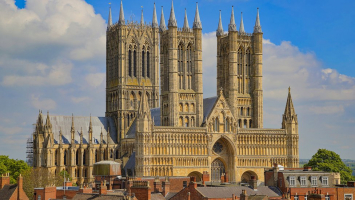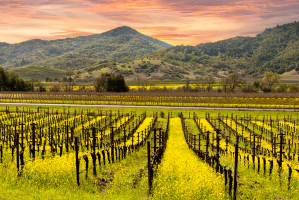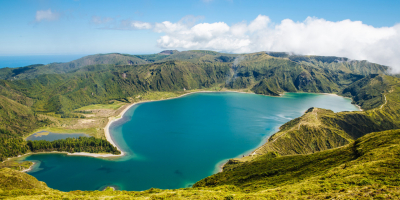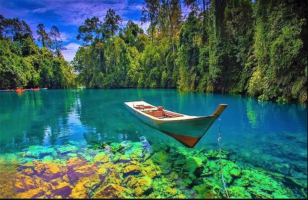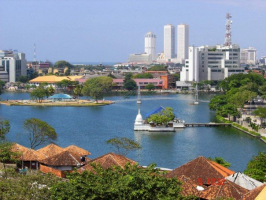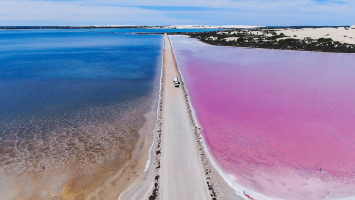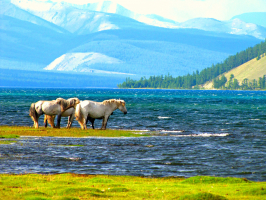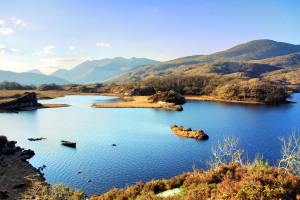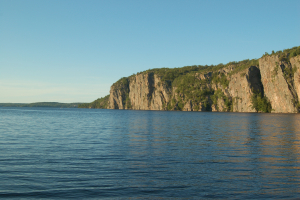Top 10 Most Beautiful Lakes In The World
Lakes are areas of standing water that are relatively wide and deep inland. There are countless beautiful lakes in the world that are worth visiting. No matter ... read more...where you go, there are beautiful lakes to swim, walk around and admire. Let's join Toplist to discover the most beautiful lakes in the world!
-
One of the most beautiful lakes in the world is Crater Lake. The western United States south-central Oregon is home to the volcanic crater lake known as Crater Lake. It is the primary feature of Crater Lake National Park and is renowned for the clarity and depth of its deep blue water. The evaporation is offset by rain and snowfall at a pace such that the entire amount of water is restored every 250 years; there are no rivers entering or leaving the lake. The lake is the deepest in the country, measuring 94 meters. It is third for mean depth and ninth for maximum depth in the globe.
The two islands that are located inside the lake's boundaries as well as its deep blue hue are popular features. They are Phantom Ship and Wizard Island. The former is an about 316-acre cinder cone, and the latter is a rock pillar close to the southern shore. The centerpiece of Crater Lake National Park, Oregon's sole national park, is the lake. During the proper seasons, visitors are welcome to stroll, cycle, snowshoe, and ski around the lake. The lake has undergone multiple renaming attempts since the first Western explorer came here (names include Blue Lake and Lake Majesty).
Since 2002, Crater Lake has been featured on one of Oregon's standard license plate designs. A one-time plate surcharge is utilized to fund the maintenance of Crater Lake National Park. On the back of the commemorative Oregon State Quarter, which was unveiled by the US Mint in 2005, is a picture of Crater Lake.
Location: Klamath County, Oregon, United States
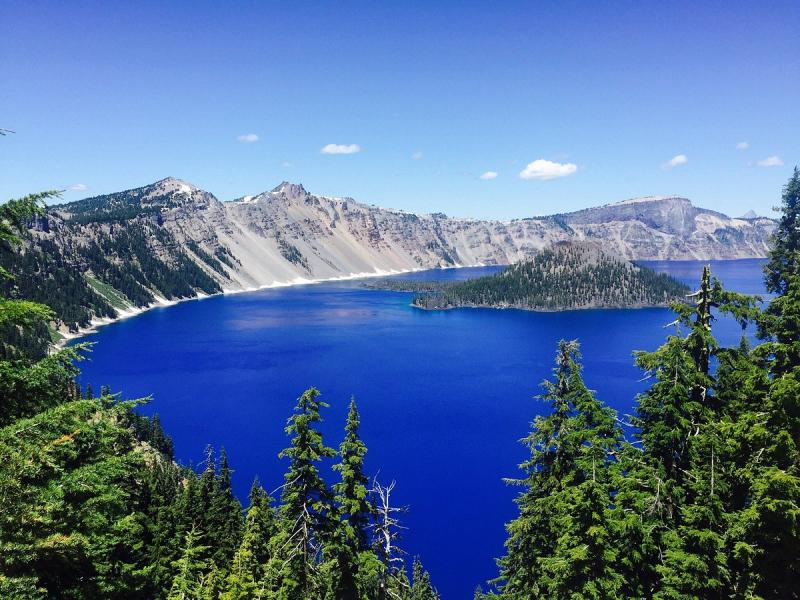
Photo: tripadvisor.com.vn 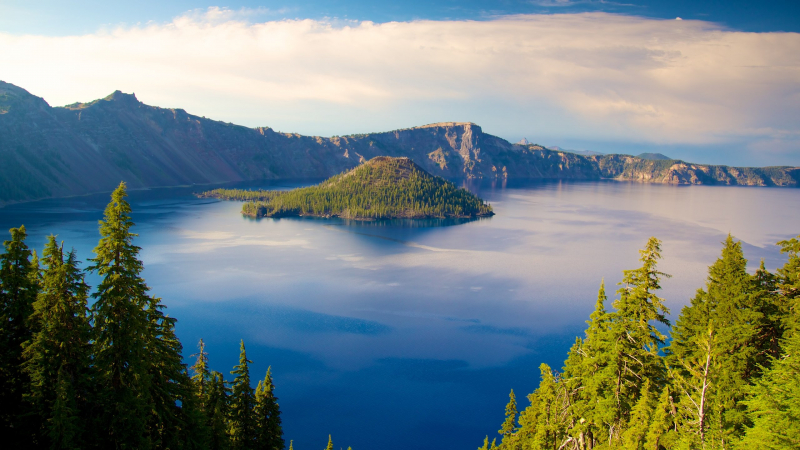
Photo: expedia.com.vn -
Numerous of the thousands of plant and animal species that call Lake Baikal home are indigenous to the area. Buryat tribes live there as well. On the eastern side of the lake, where the mean temperature ranges from a winter minimum of 19 °C to a summer maximum of 14 °C, they raise goats, camels, cattle, sheep, and horses. The territory around Lake Baikal itself is occasionally referred to as Baikalia, whereas the area to the east of the lake is known as Transbaikalia or the Transbaikal. In 1996, UNESCO designated Baikal as a World Heritage Site.
Southern Siberia is home to the historic Lake Baikal, which was formed by a continental fissure. The lake is the biggest freshwater lake in the world (by volume). It is also the deepest and oldest lake in the world, and it is renowned for the clarity and beauty of its waters. The lake is thought to have originated about 25–30 million years ago. Numerous species, including as seals, red foxes, elk, Siberian red deer, wild boar, Eurasian brown bears, and others make the lake and it surrounds their home.
Due to its clarity, the lake, which is frozen for about five months out of the year, is now popular with tourists. Viewers can peer through the ice to admire the different surface formations. The Baikal lake monster legend is only one of the intriguing legends that revolve around the lake.
Location: Siberia, Russia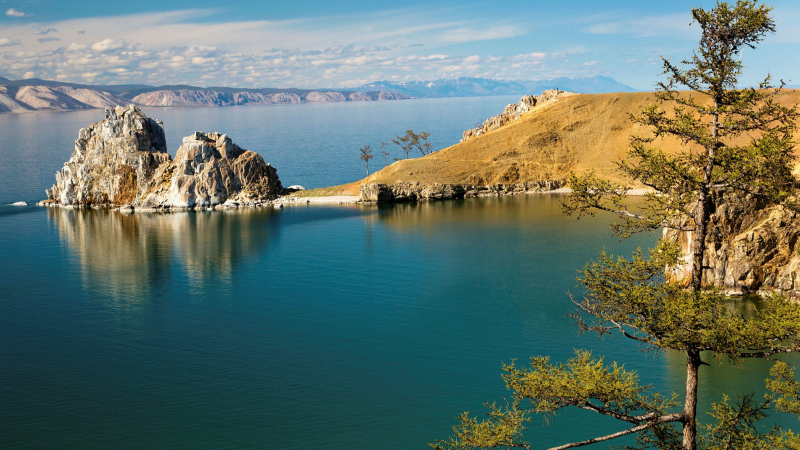
Photo: ft.com Video: https://www.youtube.com/watch?v=oxYqI2a6IyU -
The largest and oldest national park in the Republic of Croatia is Plitvice Lakes. Between the Lička Plješivica mountain range to the southeast and the Mala Kapela mountain range to the west and northwest, the park is located in Croatia's mountainous region.
This region has long drawn nature enthusiasts because of its extraordinary natural beauty, and on 8 April 1949, it was named Croatia's first national park. Tufa formation, which leads to the construction of travertine or tufa barriers and the development of the lakes, is the Plitvice Lakes' outstanding universal significance, for which they were officially recognized on October 26, 1979, when they were added to the UNESCO World Heritage List. The national park's boundaries were increased in 1997, and as a result, it now encompasses a little under 300 km2. With a few smaller parts covered by grasses, the park is mostly covered in forest vegetation. The lakes, which make up the majority of the park's most appealing features, make up less than 1% of its overall area.
The Plitvice Lakes National Park provides visitors with four hiking trails and seven various ways to explore the lake system. All seasons can be spent at the park. All visitors are expected to adhere to the guidelines provided on the information panels, stay on the designated trails, and not harm the environment in any way by leaving behind trash or other signs of their visit.
Location: Lika-Senj, Karlovac, Croatia
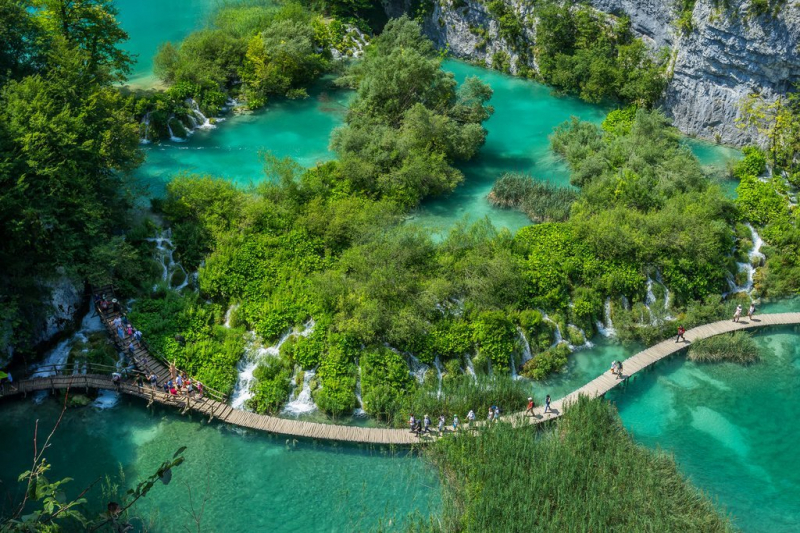
Photo: kimkim.com 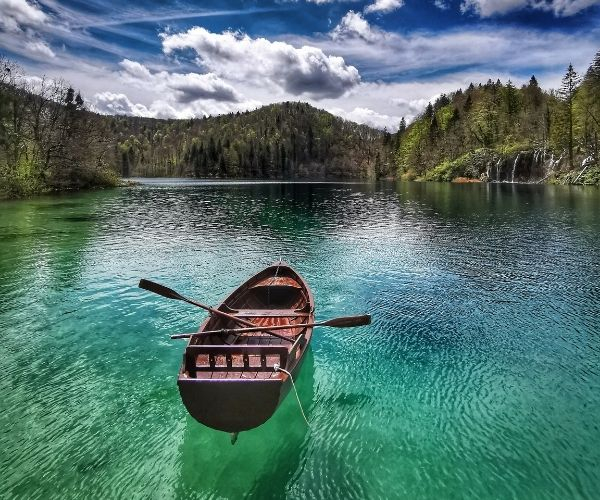
Photo: aluxurytravelblog.com -
Lario commonly referred to as Lake Como, is a glacial lake in the Italian region of Lombardy. It is the third-largest lake in Italy by area, behind Lake Garda and Lake Maggiore, with a surface area of 146 square kilometers. The lake's bottom lies more than 200 meters below sea level, making it the fifth-deepest lake in Europe and the deepest one outside of Norway.
Since Roman times, aristocracy and wealthy people have used Lake Como as a getaway. Today, it is a very famous tourist destination with many important works of art and cultural treasures. There are numerous palaces and mansions there, including Villa Olmo, Villa Serbelloni, and Villa Carlotta. Numerous well-known people have resided near Lake Como and still do. The lake has a distinctive shape that resembles the letter "Y." It is also well-liked for sports like sailing and windsurfing. Visitors have the option of visiting spas, shopping, or viewing the amazing wildlife that the nearby woodlands are home to.
Many newspapers have referred to it as the most beautiful place on earth, and writers like Percy Bysshe Shelley and William Wordsworth have praised it for its beauty.Location: Lombardy, Italy
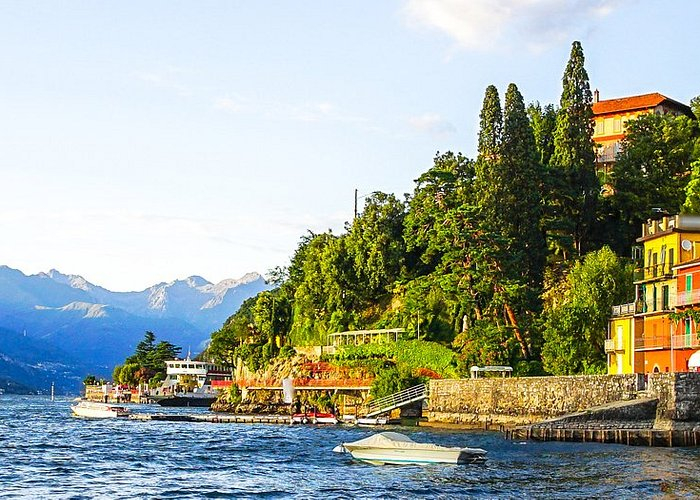
Photo: tripadvisor.com.vn 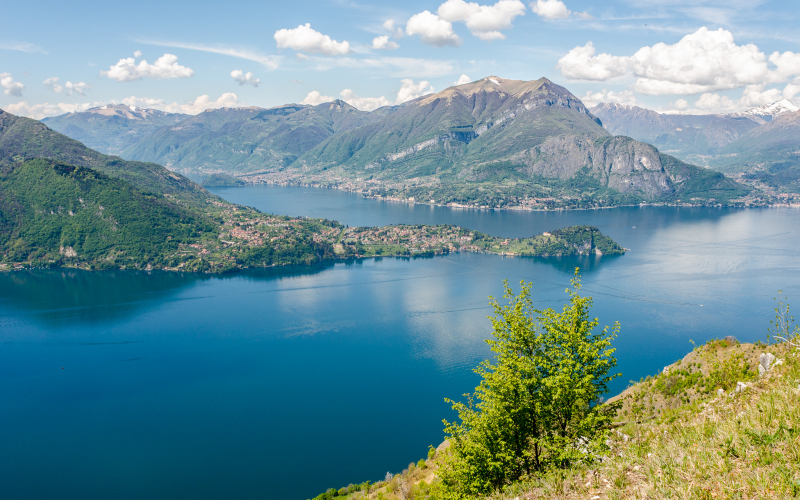
Photo: wikipedia -
The next position on the list of the most beautiful lakes in the world is Lake Wakatipu, located on New Zealand's South Island. It is located in the southwest part of the Otago area, close to the Southland border. Additionally, it is the longest lake in the nation, measuring nearly 80 km from end to end. The lake has a maximum depth of 380 meters and a floor that is below sea level. It is located near the southernmost point of the Southern Alps, or K Tiritiri o te Moana, at an elevation of 310 meters.
Given that it is encircled by mountains, Lake Wakatipu is well known for its beautiful splendor. Along its southeasterly edge, there are two mountain ranges: the Remarkables and the Tapuae-o-Uenuku/Hector Mountains. It is a well-known destination for adventure tourism since it is convenient for ski slopes, paragliding, bungee jumping, and hiking trails. The TSS Earnslaw, a vintage riverboat, frequently cruises the area's waters. In Gibbston, there are numerous vineyards close by.
There are designated swimming areas with white sandy beaches that are fantastic places to catch some rays and enjoy a little swimming. Boat trips are one of the most popular methods to visit the lake and give vistas that won't be visible from shore.
Location: Queenstown-Lakes District, Otago Region, South Island, New Zealand
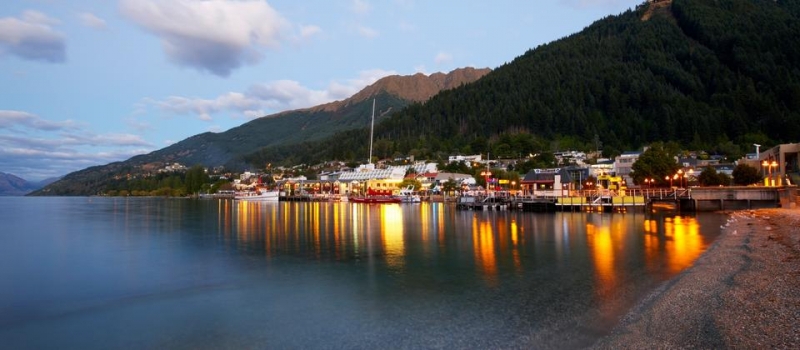
Photo: newzealand.com 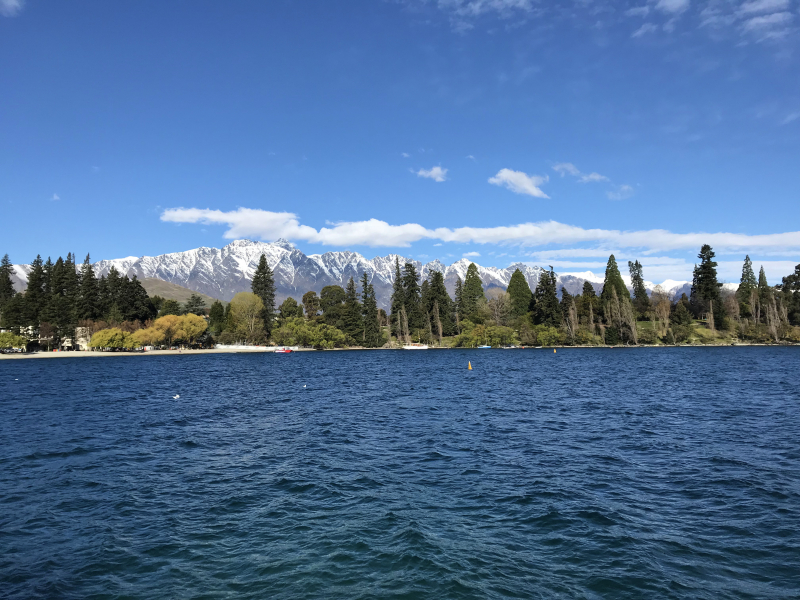
Photo: wikipedia -
14 kilometers to the southeast of the Lake Louise hamlet is Moraine Lake. Glacier runoff that pours into the lake gives this lake its vivid blue-green color, which is caused by light reflecting off the rock grains in the runoff. At 1,885 meters above sea level, the lake doesn't start melting until June. Late June is when water levels and color are at their highest.
The most incredible color, a vibrant shade of turquoise that changes in strength during the summer as the glaciers melt, can be found in its waters. Moraine Lake is surrounded by mountains, waterfalls, and rock heaps in the untamed Valley of the Ten Peaks, making it an absolutely breathtaking setting. Sit by the lake and take in the scenery and fresh mountain air, or go canoeing and trekking for more exploration. It's a famously breathtaking location that is certain to make an impact.
Around the lake, there are a number of hikes that range from easy strolls to more challenging excursions. The Rockpile Trail is a simple, brief path that follows the rear of the moraine in switchbacks to the top of the natural dam. The landscape that appeared on the back of Canadian twenty-dollar bills printed between 1969 and 1979 is known as the "Twenty Dollar View", and it can be seen from the summit of the mountain.
Cross-country skiers can embark on a 15-kilometer thrilling journey to the end of the road and back throughout the winter. Parks Canada creates ski trails that go to the Consolation Valley and Ten Peaks viewpoint. Due to the significant avalanche risk from late November to early April, access to the lake is prohibited during winter.Location: Banff National Park, Alberta, Canada
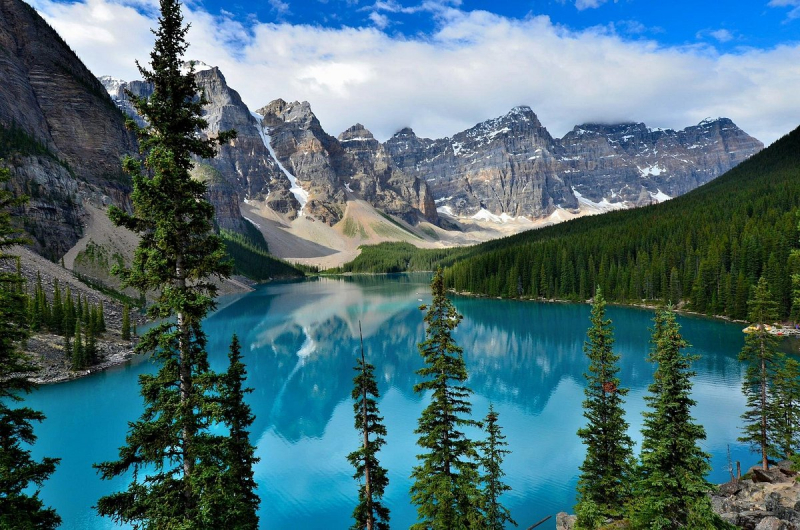
Photo: tripadvisor.com.vn 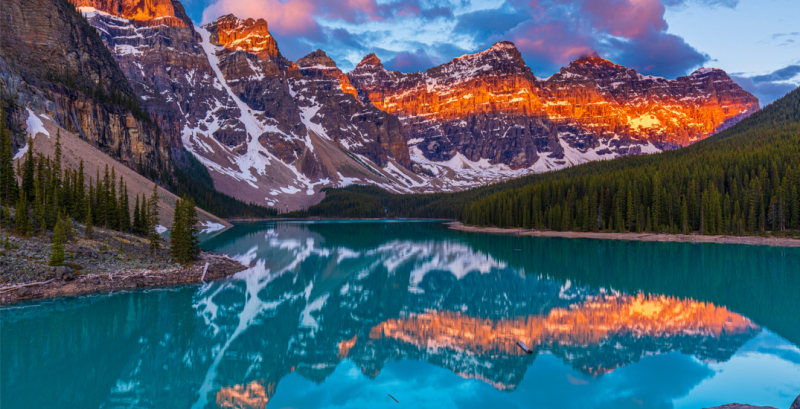
Photo: dailyhive.com -
Lake Bled is a body of water that borders the town of Bled in the Julian Alps of northwest Slovenia's Upper Carniolan region. It is a popular tourist location. The lake lies 55 kilometers from the capital city of Ljubljana and 35 km from the Ljubljana International Airport. The distance between the Lesce-Bled train station and Lake Bled is 4.2 kilometers.
Europeans have traveled to the beaches of Lake Bled for centuries for both recreation and health reasons. The Holy Roman Emperor Henry II loved the lake so much that he constructed Bled Castle in 1004 to establish it as an estate. The castle is a well-liked tourist destination nowadays.
The lake is extraordinarily beautiful and is primarily used as a tourist destination. Visitors come to admire its shoreline and take in the lake's surrounding mountains and forests. Backpacking, mountain biking, and rowing are other attractions. Bled Island is encircled by the lake. The principal structure on the island is the Assumption of Mary pilgrimage church, which was constructed in its current shape towards the end of the 17th century and is furnished with elaborate Baroque furnishings and remnants of Gothic frescoes from around 1470 in the presbyterium. Lake Bled is one of the most beautiful lakes in the world
Location: Upper Carniolan region of Slovenia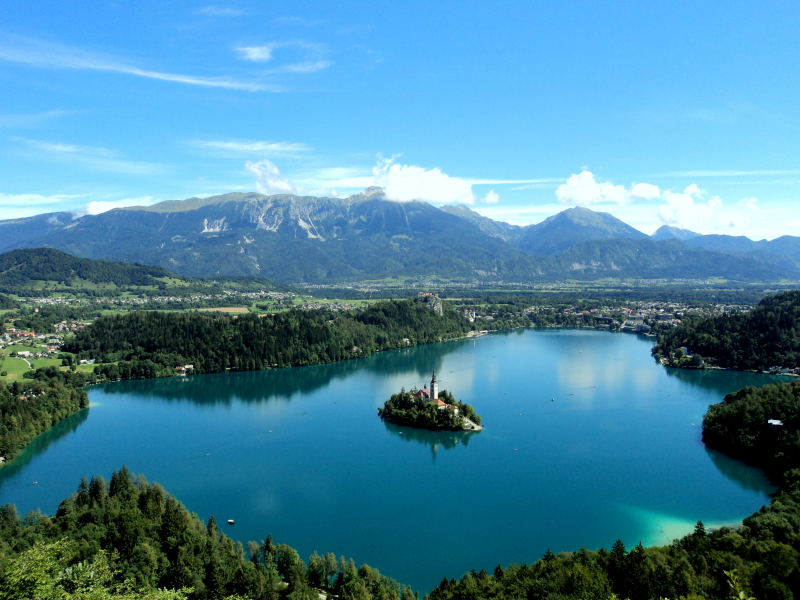
Photo: wikipedia Video: https://www.youtube.com/watch?v=WMtUZRjTtsM -
The next position on the list of the most beautiful lakes in the world is Lake Powell. In Utah and Arizona, the United States, there is a man-made reservoir on the Colorado River called Lake Powell. It is a popular vacation spot that about two million people visit each year. With a maximum storage capacity of 25,166,000 acre-feet, it is the second-largest artificial reservoir in the United States after Lake Mead. However, in terms of volume of water, depth, and surface area, Lake Mead has occasionally underperformed Lake Powell in the 21st century.
Two million people a year visit the lake, which is a significant tourist destination. It is the second-largest reservoir that humans have built, and it was formed by flooding Glen Canyon. The Glen Canyon Dam, Rainbow Bridge, and Hite Crossing Bridge are just a few of the numerous attractions in the area of the lake.
Swimming and boating may be added to the hiking, camping, and sandstone dynamics you've come to anticipate from southern Utah thanks to Lake Powell's calm blue water, which flows directly into sand beaches.
Location: Utah and Arizona, United States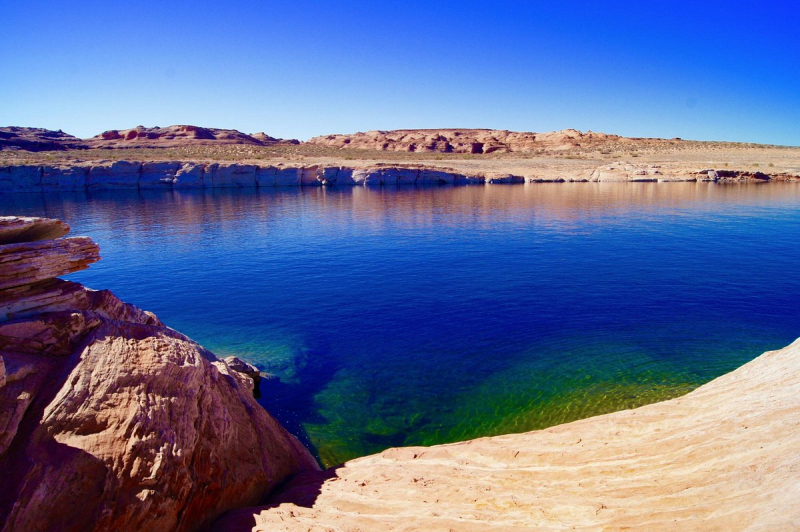
Photo: tripadvisor.com.vn 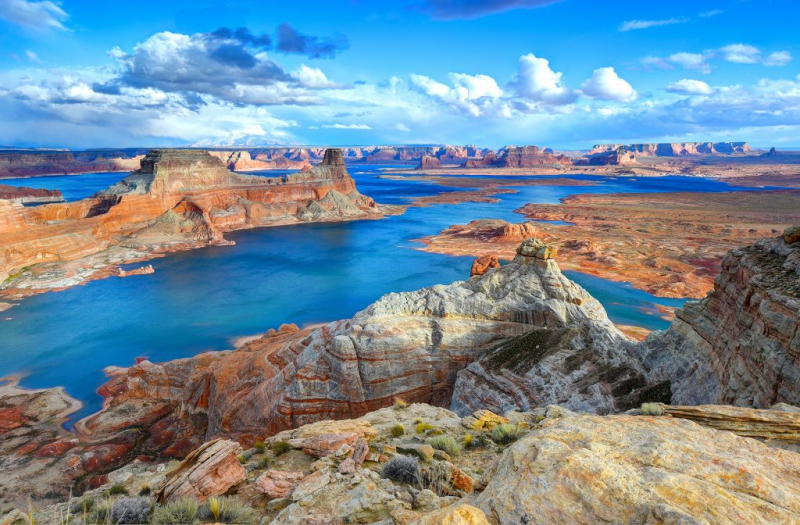
Photo: lakepowellpaddleboards.com -
A glacier-fed lake located in the Canadian Rockies' Banff National Park is called Peyto Lake. The Icefields Parkway is not far from the lake itself. Bill Peyto, a pioneering route blazer and trapper in the Banff region, was honored with his name. At a height of 1,860 meters, the lake forms in a valley of the Waputik Range between Caldron Peak, Peyto Peak, and Mount Jimmy Simpson.
The lake's distinctive vivid turquoise color is caused by the huge volumes of glacial rock flour that pour into it from a nearby glacier during the summer. Due to the lake's vivid color, pictures of it frequently appear in illustrated publications, and the area surrounding it is a well-liked tourist destination. Parks Canada finished enhancing the lake viewpoint, paths, and parking spaces in 2021. The highest point on the Icefields Parkway, Bow Summit, offers the greatest views of the lake.
The far end of the parking lot to the west is where the journey to the lookout begins. An informational sign and restrooms can be found there. The Peyto Lake lookout trek is around ten minutes upward total. This top parking lot for guests who are old or disabled abides by the bus and handicapped parking signage. Additionally, there is a drop-off location to avoid the trek.
Location: Banff National Park, Alberta, Canada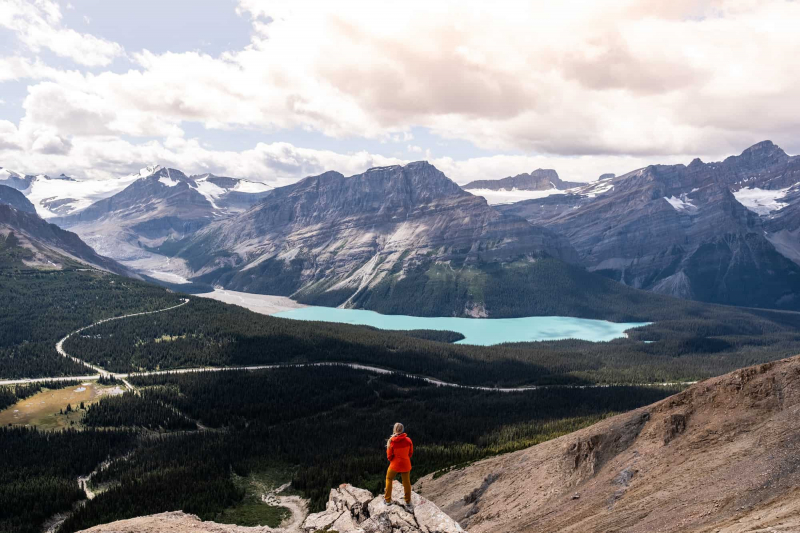
Photo: thebanffblog.com 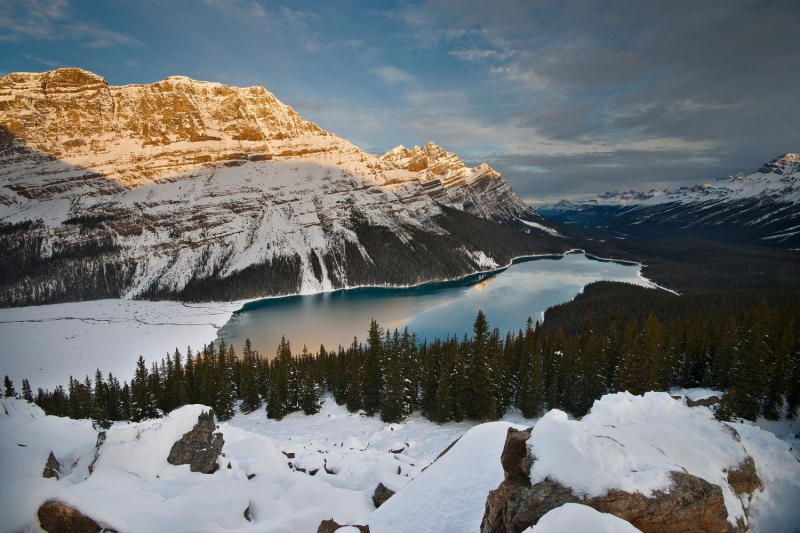
Photo: thebanffblog.com -
Bolivia's most remarkable natural wonders include the stunning Salar de Uyuni salt flats and the mind-blowing Laguna Colorada (Red Lagoon). It's easy to see why when you consider its beauty, oddity, and breathtaking environment. Only one meter deep, the lake's water wonderfully alternates between deep blue and dark red. Despite popular belief that the water is the blood of gods, red sediments and algae in the lake are what give it its gory red hue.
The 6000-hectare Laguna Colorada is near the Chilean border and is situated there. White borax islands, whose hue contrasts with the water, are scattered across the lagoon. Photographers from all over the world scramble to capture the scene created by the many hues of the lake, the brilliant blue sky, and the far-off snow-capped Andes mountains.
Observing the flocks of flamingos that congregate here is one of Laguna Colorado's main draws. Due to the lake's rich plankton population, three of the world's six species of flamingo can be found here. Here you can find the largest population of the extremely uncommon James' Flamingo. Amazingly, until a small population was recovered in 1956, it was even believed that the James' Flamingo had gone extinct. Despite their abundance here, they are nonetheless considered to be an endangered species since they are constantly under attack. The Chilean and Andean flamingo species are the other two you'll encounter in this area.
Location: Potosí, Bolivia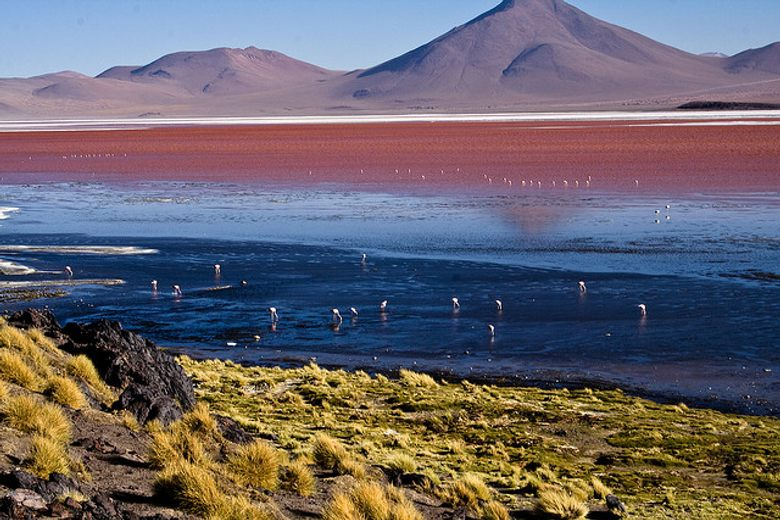
Photo: atlasobscura.com Video: https://www.youtube.com/watch?v=Afe3dKzJwDM












